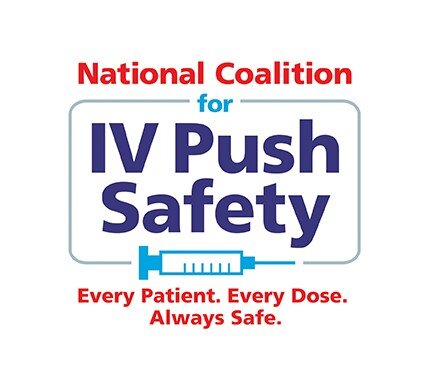Part 1: pH
Our July 2020 blog by Candy Cross discussed unnecessary dilution of IV push medications. Candy shared the blog to a state nursing association Facebook page, and got a wide range of questions and responses. One of the respondents noted that they always dilute IV push medications because of concerns about causing phlebitis from low pH, and cited the drug ondansetron as an example. Ondansetron is given IV push at low doses (i.e. 4 mg) but is diluted for slower infusion at larger doses due to the risk of cardiac arrhythmia (not because of pH). The pH of Ondansetron is 4.5 and the respondent noted that dilution was required because of the low pH.
Here is a good time to turn to science for some facts about intravenous infusions versus intravenous injections.
FACT: pH cannot be adjusted by diluting the medication.
DISCUSSION: pH is a measure of the concentration of H+ ions in the solution. Diluting an infusion or injection does not change the pH. The only way to adjust the pH is to add either an acid or base to the solution. Drug manufacturers try to provide injectable drugs in as neutral a pH as possible, but in many cases the pH must be adjusted up or down to provide drug stability and solubility. So diluting Ondansetron in 10 mL of saline will not affect the pH of the drug.
FACT: vein irritation from intravenous drugs is a function of time and blood flow.
DISCUSSION: studies have shown that increasing the infusion rate of irritating solutions actually reduces the chance of phlebitis – this is why irritating antibiotics can be safely given IV push in peripheral veins without increasing the chance of phlebitis. Other studies demonstrated that IV solutions with a pH < 3 and > 11 did not cause phlebitis changes when given over a few minutes. The longer the infusion time, the greater was the risk of phlebitis.
FACT: guidelines for intravenous infusions should not be extrapolated to IV push injections.
DISCUSSION: INS guidance published in 2017 is based on a comprehensive literature search of risks and harms caused by non-cytotoxic vesicant infusions, not IV push injections.
FACT: manipulation of sterile injectable drugs will increase the risk of microbial contamination.
DISCUSSION: Every time a sterile product is transferred from one container to another, there is a risk of microbial contamination. Dilution of IV push medications should be done only when either required by the manufacturer, based on peer-reviewed evidence, or by institutional guidelines. Dilution should never be done with a manufactured prefilled saline flush syringe. Institutions should provide the appropriate diluent along with the drug to ensure safety.
Many nurses think they are reducing the risk of harm to their patients by diluting IV push medications. The pH of a solution may play a role in infusion related phlebitis, but should not be considered a reason to dilute when giving IV push injections. Dilution is a non-value-added step that may actually be creating the potential for harm caused by introducing microbial contamination into a sterile product. It is time to let go of this outdated and unsafe practice.
References
Gorski L, Stranz M, Cook L, et al. Development of an evidence-based list of noncytotoxic vesicant medications and solutions. Journal of Infusion Nursing. 40(1):26-40, January/February 2017.
Stranz M, Kastango M. A review of pH and osmolarity. International Journal of Pharmaceutical Compounding, Vol. 6 No. 3 May/June 2002.
Stranz M. Adjusting pH and osmolarity levels to fit standards and practices. Journal of Vascular Access Devices, Fall 2002.

